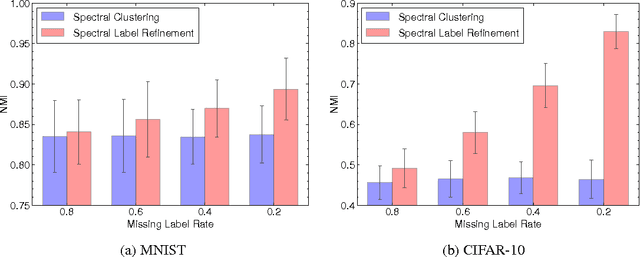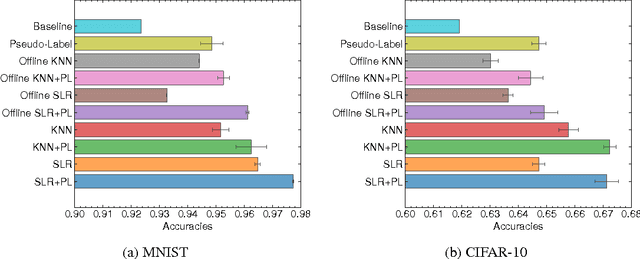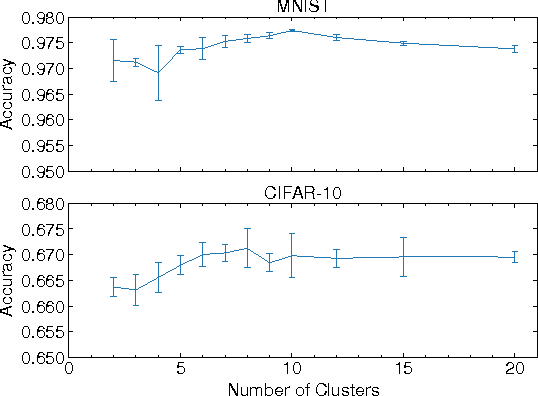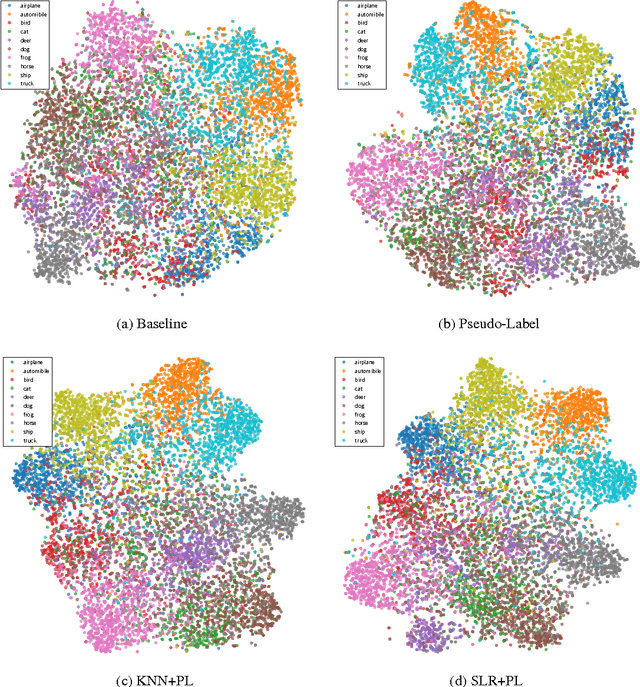Ting-Hsuan Chao
Photo Filter Recommendation by Category-Aware Aesthetic Learning
Mar 27, 2017



Abstract:Nowadays, social media has become a popular platform for the public to share photos. To make photos more visually appealing, users usually apply filters on their photos without domain knowledge. However, due to the growing number of filter types, it becomes a major issue for users to choose the best filter type. For this purpose, filter recommendation for photo aesthetics takes an important role in image quality ranking problems. In these years, several works have declared that Convolutional Neural Networks (CNNs) outperform traditional methods in image aesthetic categorization, which classifies images into high or low quality. Most of them do not consider the effect on filtered images; hence, we propose a novel image aesthetic learning for filter recommendation. Instead of binarizing image quality, we adjust the state-of-the-art CNN architectures and design a pairwise loss function to learn the embedded aesthetic responses in hidden layers for filtered images. Based on our pilot study, we observe image categories (e.g., portrait, landscape, food) will affect user preference on filter selection. We further integrate category classification into our proposed aesthetic-oriented models. To the best of our knowledge, there is no public dataset for aesthetic judgment with filtered images. We create a new dataset called Filter Aesthetic Comparison Dataset (FACD). It contains 28,160 filtered images based on the AVA dataset and 42,240 reliable image pairs with aesthetic annotations using Amazon Mechanical Turk. It is the first dataset containing filtered images and user preference labels. We conduct experiments on the collected FACD for filter recommendation, and the results show that our proposed category-aware aesthetic learning outperforms aesthetic classification methods (e.g., 12% relative improvement).
Semi-supervised Learning for Convolutional Neural Networks via Online Graph Construction
Jan 19, 2016



Abstract:The recent promising achievements of deep learning rely on the large amount of labeled data. Considering the abundance of data on the web, most of them do not have labels at all. Therefore, it is important to improve generalization performance using unlabeled data on supervised tasks with few labeled instances. In this work, we revisit graph-based semi-supervised learning algorithms and propose an online graph construction technique which suits deep convolutional neural network better. We consider an EM-like algorithm for semi-supervised learning on deep neural networks: In forward pass, the graph is constructed based on the network output, and the graph is then used for loss calculation to help update the network by back propagation in the backward pass. We demonstrate the strength of our online approach compared to the conventional ones whose graph is constructed on static but not robust enough feature representations beforehand.
 Add to Chrome
Add to Chrome Add to Firefox
Add to Firefox Add to Edge
Add to Edge